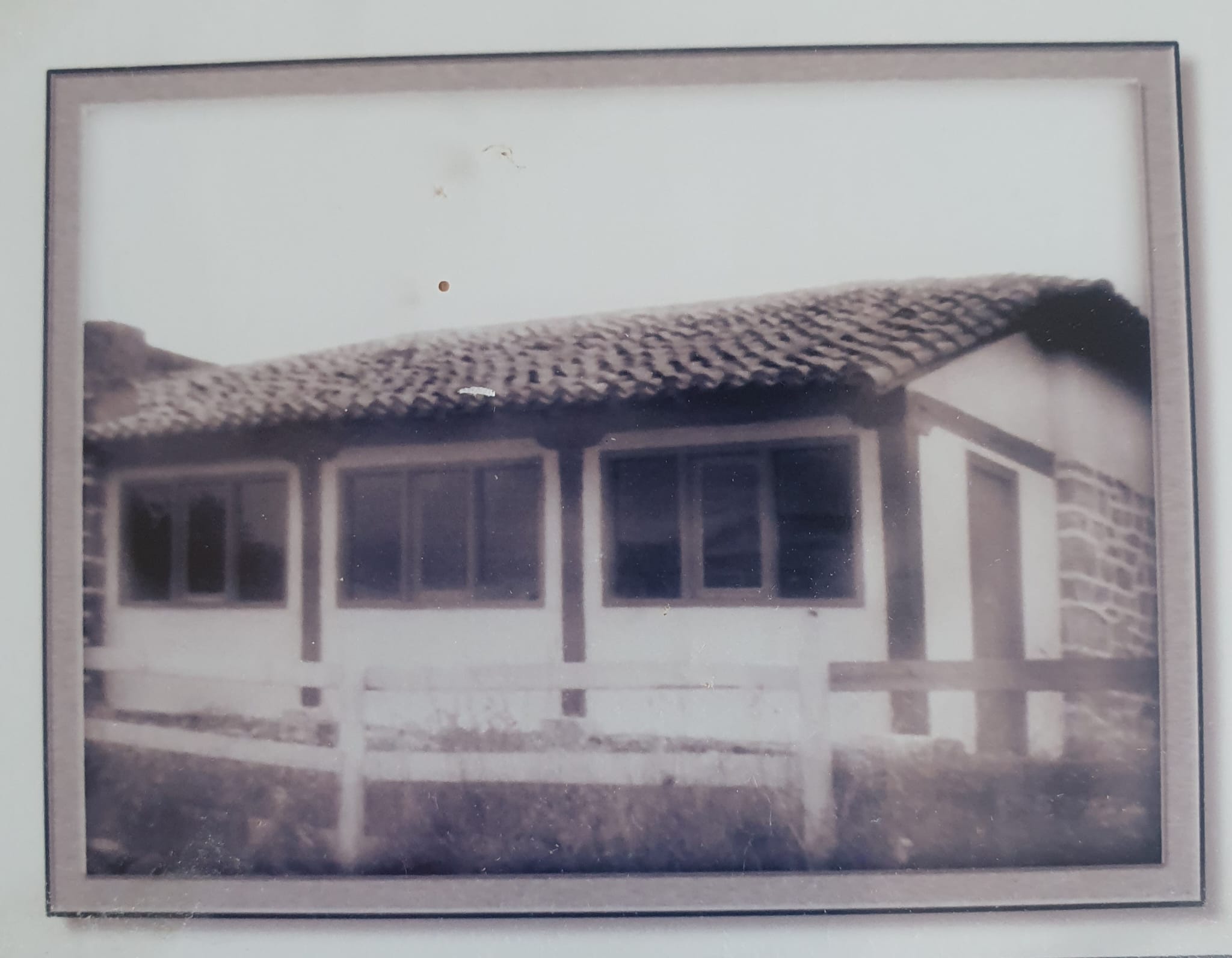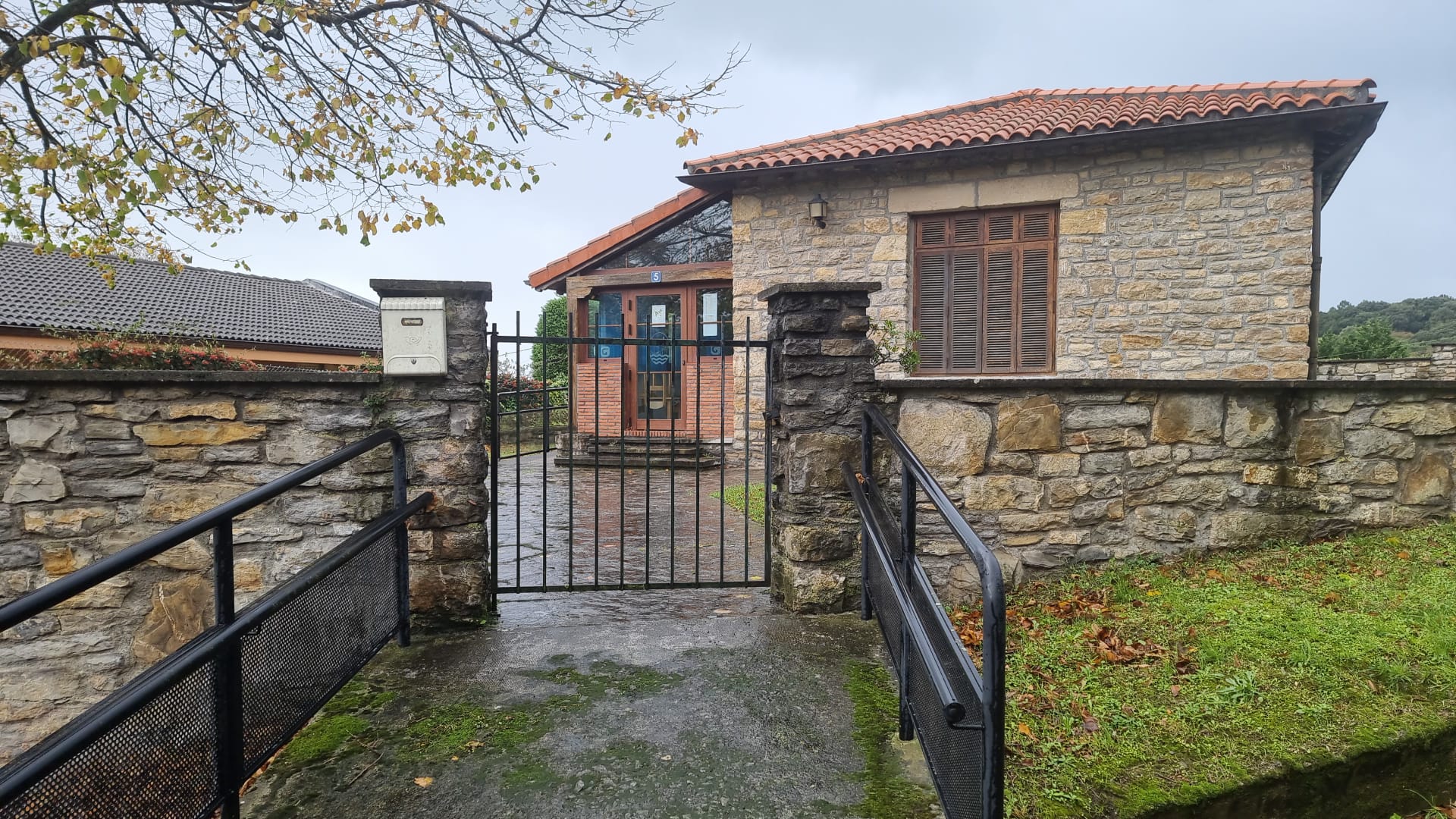The creation of schools in rural areas became a necessity at the turn of the 20th century. The orography, with hamlets grouped in small neighbourhoods, prevented the children from attending schools in the population centres. The need to teach in the mother tongue, the development of educational thinking, the increasingly clear and demanding cultural awareness, and the relative development of the country at this point in the 20th century brought about its creation.

The population took a direct and active part in its construction, in the popular custom of “auzolan”, community work. Conceived as Basque schools, they underwent changes in their orientation due to the policies in force at the time, such as the non-use of Basque texts or secularism in schools. But they continued to have their own style, together with a peculiar architecture adapted to the surrounding landscape and great popular support. The school age ranged from 5 to 14.
The neighbourhood schools were a gateway to the world for rural areas, with the establishment of bilingual education. In 1921, the first two were already in operation. In 1925, there were 77 schools, and in 1929 there were 100 schools as foreseen in the Provincial Council's Plan, with a school roll of over 5,000 pupils. Schools all over Bizkaia, in villages or neighbourhoods that had to meet certain conditions: more than 10 people in the neighbourhood, more than 1 kilometre away, and provide suitable premises. The Town Council was responsible for the land and the building, and the Provincial Council paid for the teaching materials and support for the teachers, who, in principle, had to speak the pupils' mother tongue, Euskara. Importance was given to teacher-training and to female teachers.
Illiteracy was reduced, standardised education reached where it previously could not, and with it normalisation, the opening up of the deprived districts to a world of human, social and cultural relations. They were schools that generated culture and civic-mindedness.
